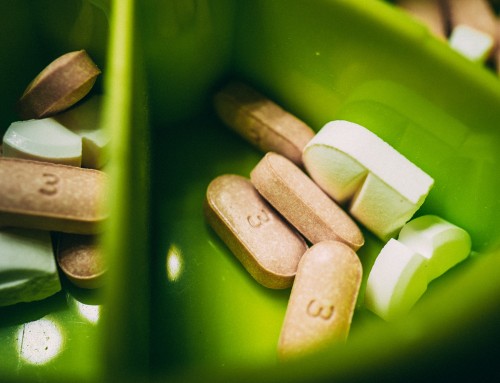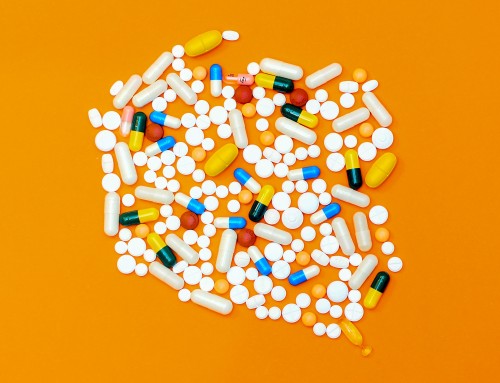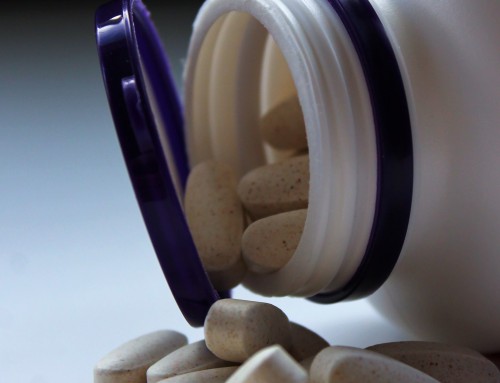Loading 6 Days – 20g/day
Maintenance 4 weeks – 2-3g/day
Flush Out 3-4 weeks
Creatine Loading Guide
Creatine is one of the most widely used supplement for people wanting to increase their muscle mass or simply to help increase the intensity of training. Whilst it has been observed that creatine at low doses, (3-5g a day) can increase levels creatine within the body it can take some time to achieve the same results as following a creatine loading protocol. Below is the most efficient way to increase total creatine stores to help aid in your training
Loading Protocol – 6 Days – 20g/day (preferably 4 x 5g throughout the day)
Much research has investigated the possibility of a creatine loading protocol. The common protocol for creatine loading is to ingest 20-30g/day for 5-7days, (1).
The first study, (2) to observe the effects of creatine loading looked at different levels of creatine supplementation and found that 1g had little or no effect on creatine concentration in the muscles; however ingestion of around 20g of creatine resulted in a significant increase in skeletal muscle creatine especially over the first couple of days. Another study (3) reported an increase of muscle Total Creatine, (18%) and Phosphocreatine, (10%) when loading creatine of 20g/5days.
Another effective way, (4), for Creatine loading was to consume 0.3kg/bm/day for five to six days and 0.003kg/bm/day thereafter for the maintenance phase (more about that below). Another study, (5) agreed with this as they observed thirty six male and female participants who consumed 0.3kg/bm/day in five ten second sprints. They found that both groups increased in peak power output but higher in the creatine group (13%).
With a plethora of studies looking at creatine it is recommended to consume around 20 grams of creatine for 6 days before moving to the maintenance phase. The reason for this is that the same effect is observed when using this protocol as using the 0.3kg/bm/day as used in the study mentioned earlier. It has also been shown to be unanimous in other studies that this protocol works (1, 6, 7, 8, 9, 10).
Maintenance Phase – 4 weeks – 2-3g/day
Once you have successfully completed the loading phase you then need to ensure that the increased level of creatine within the muscle stays high. The recommendation is for 2-3 grams a day for 28days (4 weeks) The timing for maintenance phase was looked at by Hultman et al (4) whose study comprised thirty one male untrained participants who were randomly assigned to one of four groups which had different levels of loading. They found that the most rapid way to load creatine was to consume 20g/day followed by consuming 2g/day for twenty eight days. Another group however was found to achieve the same levels after twenty eight days when consuming 3g/day. It is important that this phase is completed in order to get the maximum benefits.
Flush Out phase – 3-4 weeks
After completing the maintenance phase it is important to stay off of the white stuff for 3-4 weeks. This is to allow your body (and more importantly your kidneys) to rest and recover before your next phase.
Following this advice you should notice a sharp uptake in your training capacity and remember the supplements give you the fuel, but your hard work and training is needed to get the benefits and results you want!
References
1 – Greenhaff, P.L., Bodin, K., Soderlund, K., Hultrnan, E. (1994). The influence of oral creatine supplementation on muscle phosphocreatine resynthesis following intense contraction in man. American Journal of Physiology, 266(5), 725-730.
2 – Harris, R. C., Soderlund, K. & Hultman, E. (1992). Elevation of creatine in resting and exercised muscle of normal subjects by creatine supplementation. Clinical Science. 83(3), 367-374.
3 – Casey, A., Constantin – Teodosiu, D., Howell, S., Hultman, E., & Greenhaff, P. L,. (1996). Creatine ingestion favourably affects performance and muscle metabolism during maximal exercise in humans. American Journal of Physiology. 271(1), 31-37.
4 – Hultman, E., Soderland, K., Timmons, J. A., Cederblad, G. & Greenhaff, P. L. (1996). Muscle creatine loading in men. Journal of Apllied Physiology. 81(1), 232-237.
5 – Kirksey, K.B., Warren, B.J., Stone, M.H., Stone, M.R., & Johnson, R.L. (1997). The effects of six weeks of creatine monohydrate supplementation In male and female track athletes. Medicine and Science in Sport and Exercise. 29(5), 145.
6 – Persky, A. & Brazeau, G. (2001). Clinical pharmacology of the dietary supplement creatine monohydrate. Pharmacology Review. 53(2). 161–176.
7 – Lemon, P.W.R. (2002). Dietary Creatine Supplementation and Exercise Performance: Why Inconsistent Results? Canadian Journal of Applied Physiology. 27(6), 663-680.
8 – Myburgh, K. H., Bold, A., Bellinger, B., Wilson, G., & Noakes, T. D. (1996). Creatine Supplementation and Sprint Training in Cyclists: Metabolic and Performance Effects 483. Medicine & Science in Sports & Exercise, 28(5), 81.
9 – Vandenberghe, K., N. Gillis, M. Van Leemputte, P. Van Hecke, F. Vanstapel, and P. Hespel. (1996). Caffeine counteracts the ergogenic action of muscle creatine loading. Journal of Applied Physiology. 80(2). 452–457.
10 – Vandenberghe, K., Goris, M., Van Hecke, P., Van Leemputte, M., Vangerven, L., & Hespel, P. (1997). Long-term creatine intake is beneficial to muscle performance during resistance training. Journal of Applied Physiology, 83(6), 2055-2063.




